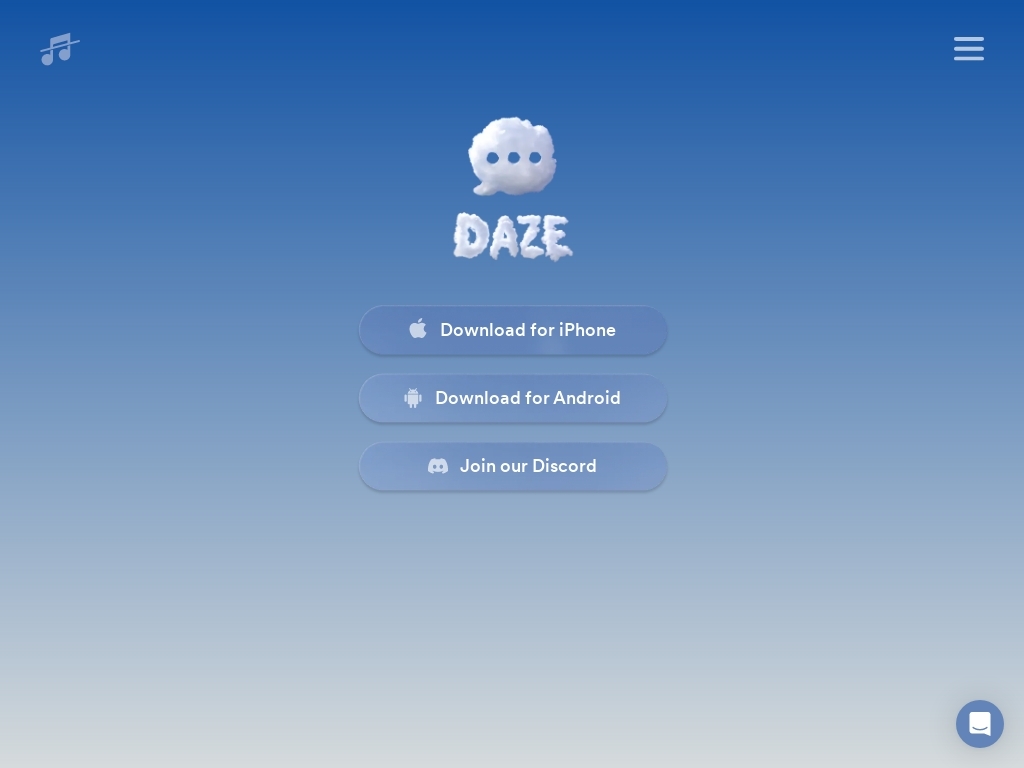How Daze Gained 156K Sign-Ups Prelaunch with Creative Messaging
Who is Willem Simons?
Willem Simons, founder of Daze, is a New York-based entrepreneur who dropped out of the University of Delaware to pursue creative social app development, previously co-founding the app Muze with childhood friends.
What problem does Daze solve?
Daze simplifies creative expression in messaging, addressing the boredom of plain text by letting teens draw, collage, and animate their chats.

How did Willem come up with the idea for Daze?
Willem Simons came up with the idea for Daze by observing how people engage with digital communication and realizing the limitations of existing messaging platforms. His personal experiences with previous projects, like Muze, which emphasized creativity and expressiveness in communication, deeply influenced his thinking. Willem was...
Disclaimer: The initial draft of this article was compiled by the Starter Story team based on publicly available interviews, podcasts, and other content from the founder. See the sources we used here.

Download the report and join our email newsletter packed with business ideas and money-making opportunities, backed by real-life case studies.

Download the report and join our email newsletter packed with business ideas and money-making opportunities, backed by real-life case studies.

Download the report and join our email newsletter packed with business ideas and money-making opportunities, backed by real-life case studies.

Download the report and join our email newsletter packed with business ideas and money-making opportunities, backed by real-life case studies.

Download the report and join our email newsletter packed with business ideas and money-making opportunities, backed by real-life case studies.

Download the report and join our email newsletter packed with business ideas and money-making opportunities, backed by real-life case studies.

Download the report and join our email newsletter packed with business ideas and money-making opportunities, backed by real-life case studies.

Download the report and join our email newsletter packed with business ideas and money-making opportunities, backed by real-life case studies.











